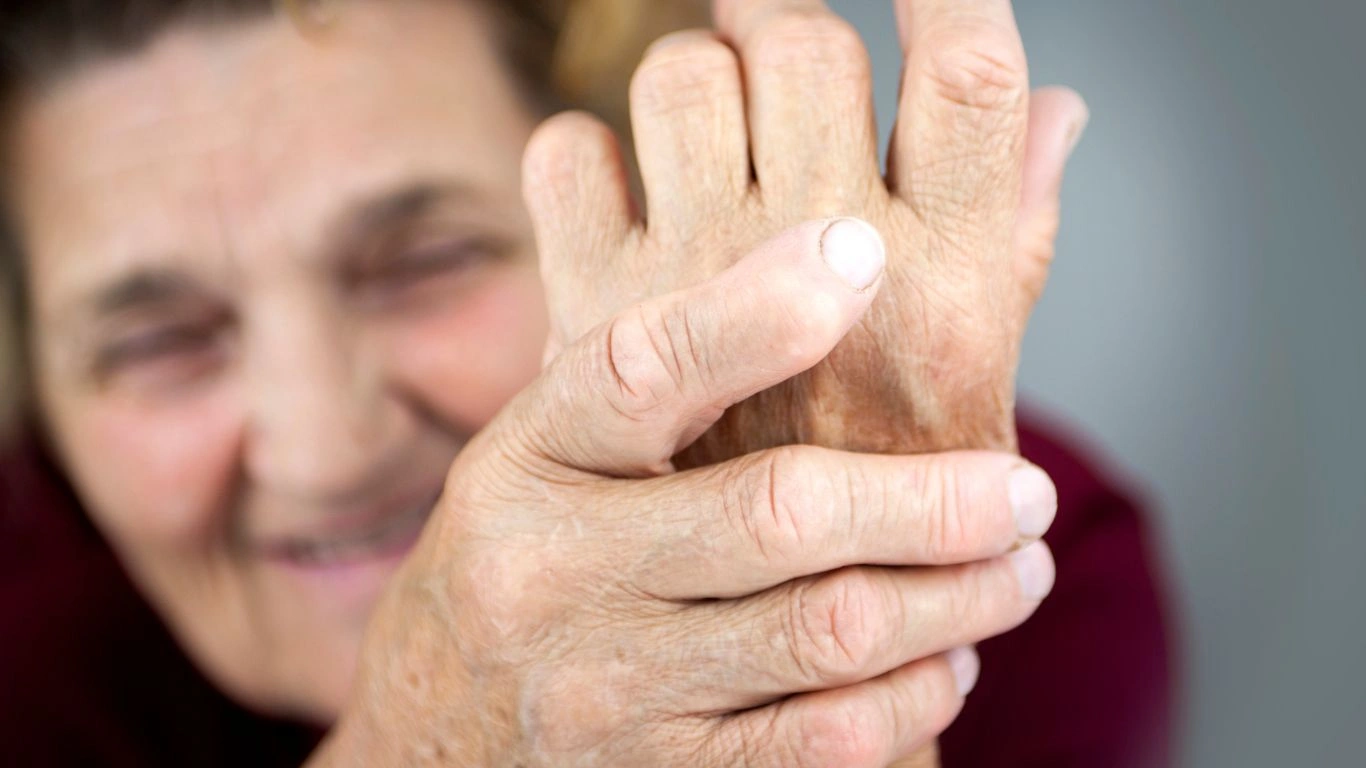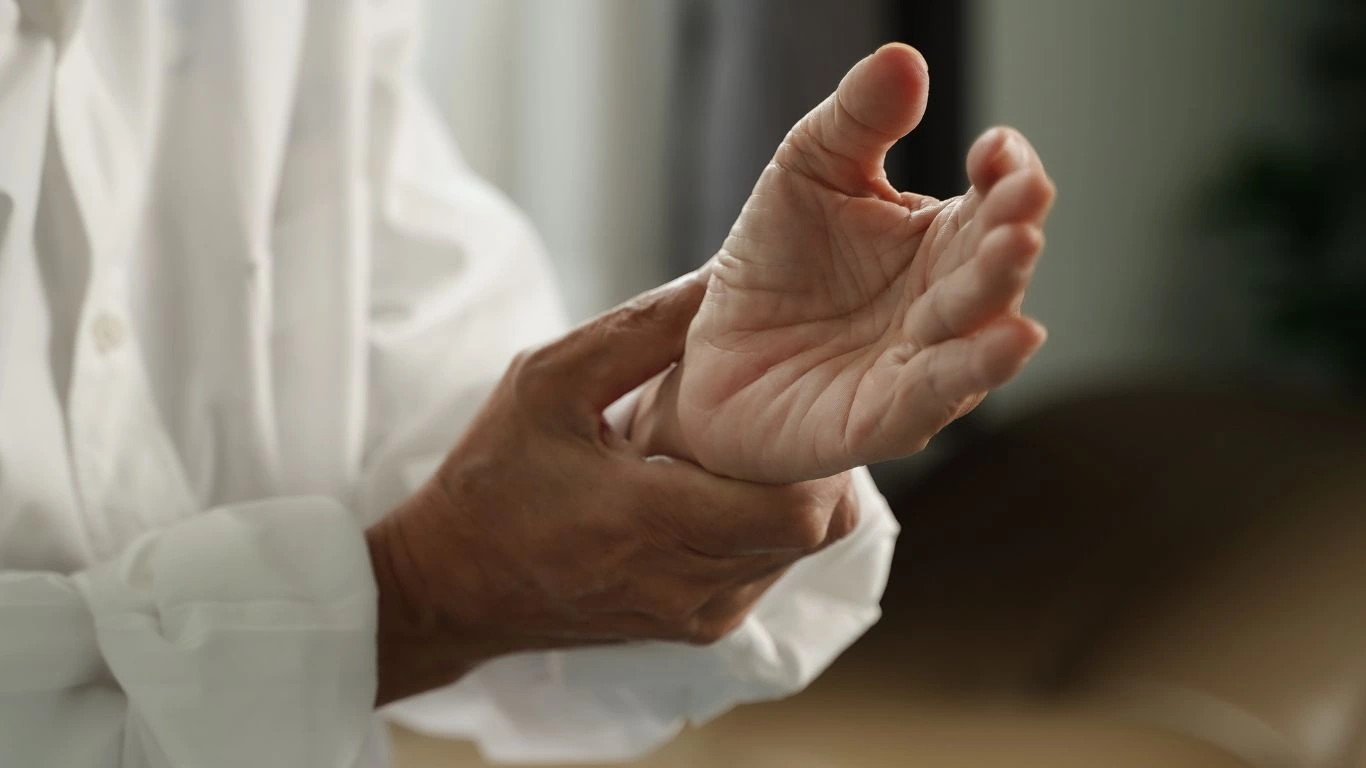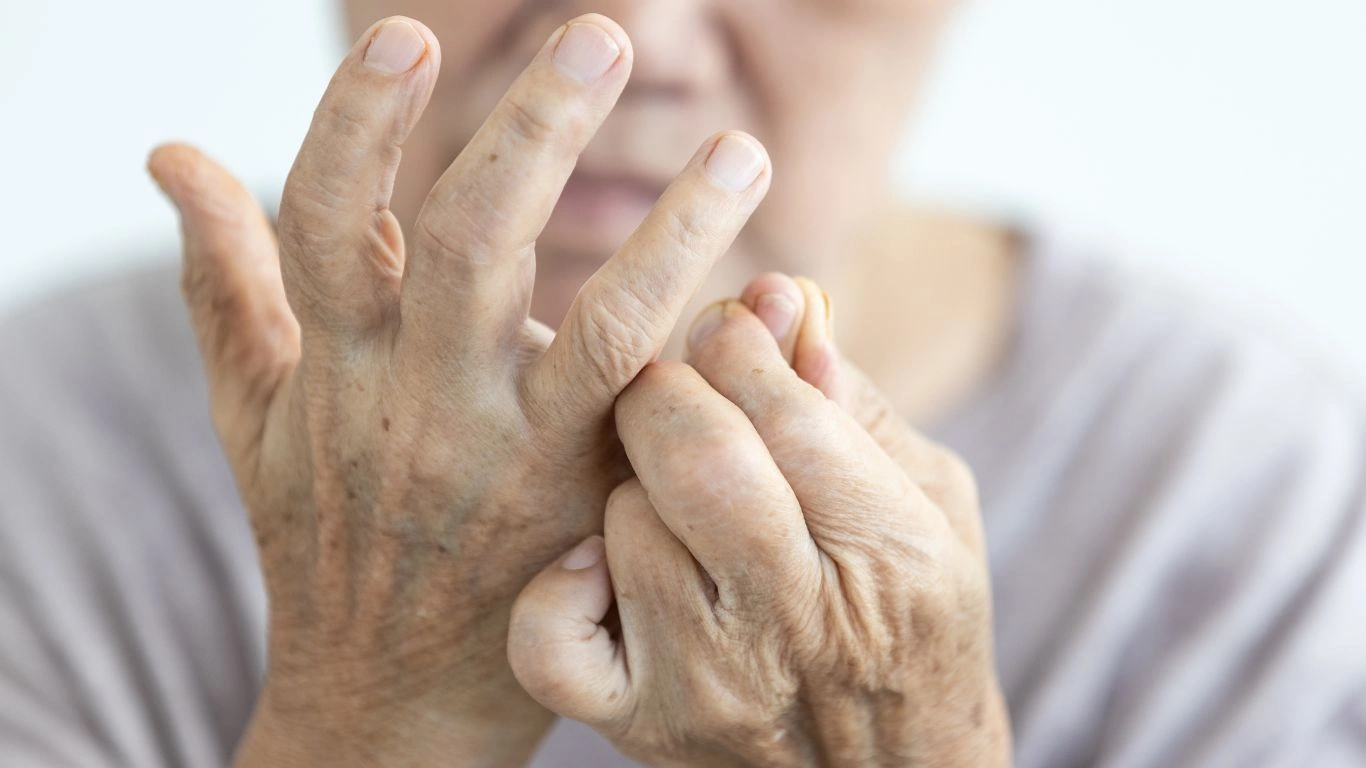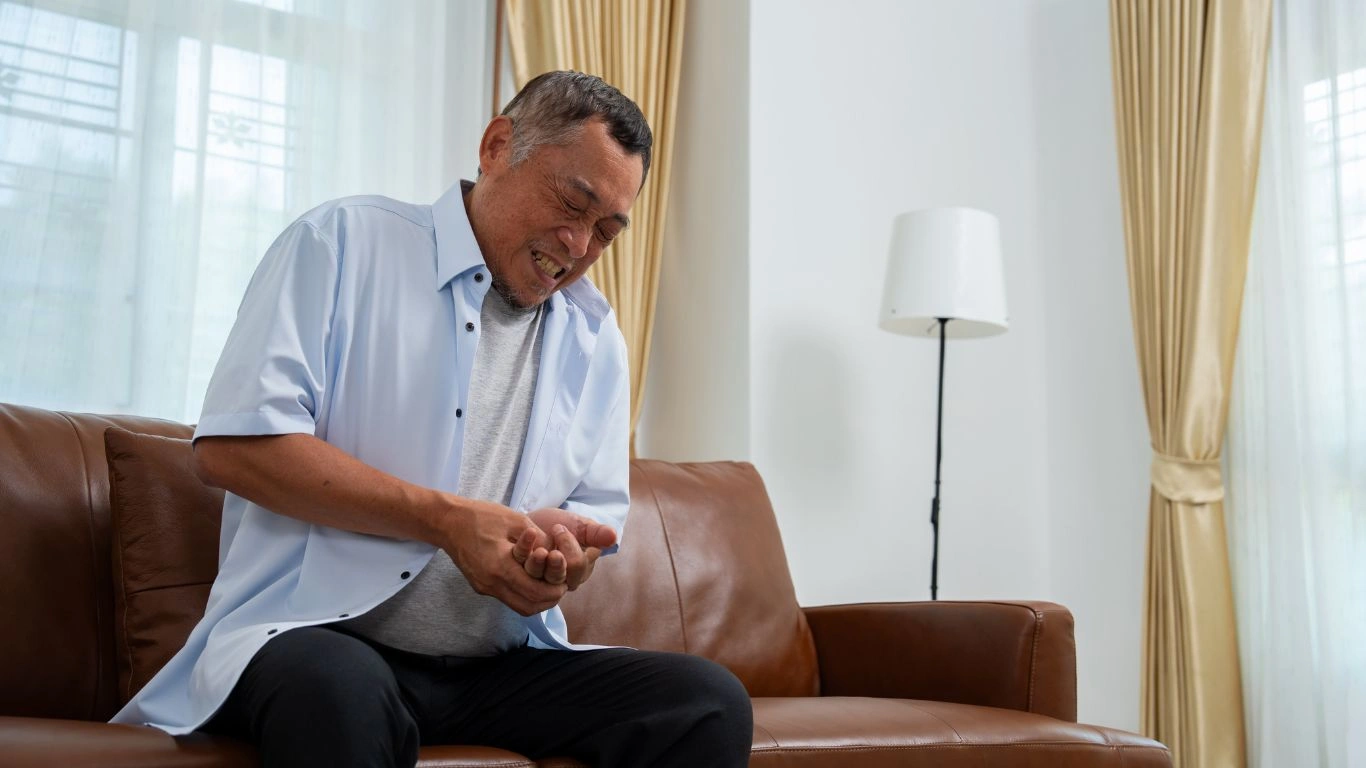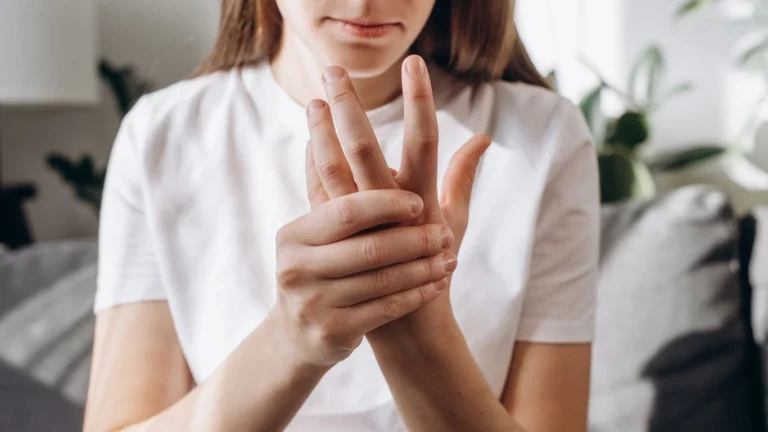Top Joint Protection Tips for Rheumatoid Arthritis During Exercise
Living with rheumatoid arthritis (RA) can feel like you’re in a constant battle with your own body, especially when it comes to maintaining an active lifestyle. As a Rheumatology Nurse Practitioner, I’ve worked with countless patients who want to stay fit but are concerned about the strain that physical activity might place on their joints. It’s understandable—RA causes joint inflammation, pain, and stiffness, so the idea of exercise can be intimidating. However, I’ve seen firsthand how important physical activity is for improving mobility, reducing pain, and promoting overall well-being for those with RA. One of the key things to remember is that joint protection during physical activity is not just possible, but essential. Let’s dive into why it matters and how you can safely engage in exercise to protect your joints and boost your quality of life.
Understanding the Importance of Joint Protection in RA
If you’re living with rheumatoid arthritis, the health of your joints is something you’ll need to prioritize, especially when you’re engaging in any form of physical activity. I often tell my patients that protecting your joints isn’t just about avoiding pain during exercise; it’s about preserving your joint function for the long term. Let’s break it down:
Why Joint Protection Matters
Rheumatoid arthritis occurs when the immune system mistakenly attacks healthy joints, leading to inflammation, pain, and long-term damage. While physical activity can significantly benefit people with RA, it’s crucial to avoid overloading the affected joints, as this can worsen symptoms or even accelerate joint damage. This is where joint protection techniques come in—they allow you to stay active while minimizing stress on your joints, which helps maintain their strength and flexibility.
From my experience, RA patients often feel unsure about what’s safe when it comes to exercise. The truth is, you don’t have to avoid movement altogether; you just need to be smart about it. Joint protection during physical activity includes using the right techniques, modifications, and tools to ensure that your body isn’t being pushed past its limits. These strategies can help reduce the risk of flare-ups, injuries, or permanent damage to your joints. Whether you’re walking, swimming, or practicing yoga, joint protection is a game changer.
Types of Exercises to Focus On
Not all exercises are created equal for individuals with rheumatoid arthritis. Some movements can exacerbate inflammation and cause more harm than good. That’s why it’s important to focus on low-impact exercises that are gentle on your joints but still provide the benefits of strength, flexibility, and endurance. Here are a few exercises I often recommend to my patients:
- Swimming – The buoyancy of water takes the weight off your joints, making it a fantastic low-impact option.
- Cycling – Whether it’s on a stationary bike or outdoors, cycling is easy on the joints while giving you an excellent cardiovascular workout.
- Yoga – Gentle yoga or stretching exercises can help with joint flexibility, reduce stiffness, and enhance overall mobility.
- Strength training – While it might sound counterintuitive, light strength training can actually help strengthen muscles around the joints, providing better support and protection.
When starting with any new exercise program, I always recommend taking it slow. Gradually increasing the intensity and duration of your workouts can help avoid putting too much pressure on your joints. Listen to your body, and be mindful of any discomfort or pain that may arise.
Key Strategies for Joint Protection During Exercise
So, how can you protect your joints during physical activity? Over the years, I’ve found that using a few simple techniques can make a world of difference. Let’s look at some of the most effective strategies for joint protection:
Warm Up and Cool Down
It’s tempting to dive straight into your workout, especially if you’re short on time, but don’t skip the warm-up and cool-down phases. A good warm-up helps increase blood flow to your muscles and joints, reducing the risk of injury. Likewise, cooling down helps ease muscle tension and allows your joints to recover after exertion. Spend at least 5-10 minutes warming up and cooling down before and after exercise, respectively. I usually recommend light walking or gentle stretching as part of these phases.
Use Supportive Gear
Sometimes, it’s not just about how you move but what you wear that can make a difference. I advise my patients to invest in supportive gear such as braces or orthotic insoles, especially for weight-bearing activities like walking or running. The right footwear can provide cushioning and stability, reducing stress on your joints. Additionally, a knee or wrist brace can offer extra support for the most vulnerable areas, especially if you’re prone to flare-ups or have existing damage in those joints.
Mind Your Posture and Alignment
Maintaining proper posture and joint alignment while exercising is critical for joint protection. Poor form can lead to uneven stress on the joints, which can increase the risk of injury and pain. For example, when lifting weights, be sure to engage your core muscles and avoid overextending your joints. If you’re unsure about your form, consider working with a physical therapist or a trainer who understands the nuances of RA and joint protection techniques. I’ve seen many patients benefit from professional guidance to improve posture and movement patterns during exercise.
Modify Intensity Based on Your Symptoms
It’s essential to adjust your exercise intensity according to how you’re feeling on any given day. RA flare-ups can make some days more challenging than others, and that’s okay. On tougher days, opt for gentler activities like walking or swimming instead of high-impact exercises. You can always resume more intense workouts once your symptoms subside. Don’t feel pressured to push through pain, as this could lead to long-term joint damage.
With these strategies in place, you can enjoy the benefits of exercise without compromising the health of your joints. The next step is learning how to tailor your workouts to your personal needs, which we’ll discuss in the next section. But for now, remember: Joint protection isn’t about doing less, it’s about doing it smarter. And as someone who has helped countless individuals with rheumatoid arthritis, I can tell you that the effort is absolutely worth it.
How to Tailor Your Exercise Routine for RA
Now that we’ve covered some essential joint protection strategies, let’s talk about how you can tailor your exercise routine to fit your specific needs when living with rheumatoid arthritis. I often tell my patients that it’s all about finding the balance between pushing yourself just enough to stay fit, while not overloading your joints and causing unnecessary strain. It’s a journey, and it takes trial and error to find what works best for you. But with the right adjustments, you can enjoy an active lifestyle without compromising your health.
Start Slow and Build Gradually
One of the most important tips I give to those starting a new exercise routine is to start slow and build gradually. You might be eager to jump into a full-fledged workout regimen, especially if you’ve been inactive for a while, but it’s crucial to ease into it. RA can cause periods of flare-ups, and overdoing it during a flare can be detrimental to your joints. My advice is to begin with lighter activities, like walking or gentle swimming, and as your body adjusts, you can slowly increase intensity.
Starting slow also helps you avoid overloading your joints, which is a key concern with RA. Even low-impact activities like walking can put strain on certain joints, so don’t be discouraged if you need to start with short, less intense sessions. Consistency is what will pay off in the long run. Over time, your strength and endurance will increase, and you can work your way up to more challenging activities.
Focus on Low-Impact Cardio
If you’ve been worried about how much cardio you can do with RA, let me reassure you—it’s possible to get a good cardiovascular workout without hurting your joints. Low-impact cardio exercises are a great way to keep your heart healthy while minimizing stress on your joints. I always recommend swimming as one of the best options. The buoyancy of water supports your body weight, reducing strain on the knees, hips, and back.
Another low-impact cardio option is cycling. Whether you’re using a stationary bike or cycling outdoors, it’s gentle on the joints while still offering a solid cardio workout. I’ve worked with patients who were hesitant about cycling, but once they got comfortable with the bike, they noticed a huge improvement in their stamina and overall fitness.
If swimming or cycling aren’t your thing, consider walking or using an elliptical machine. Both of these exercises can help you stay active without the wear and tear that running or other high-impact activities might cause. The goal here is to keep your heart rate up without stressing your joints too much.
Strength Training for Joint Support
Strength training is another crucial component of a well-rounded exercise routine for those with rheumatoid arthritis. It might sound intimidating at first, but let me tell you, it’s incredibly beneficial. Strengthening the muscles around your joints can help provide stability and support, reducing the amount of strain placed directly on your joints.
The key is to focus on low weights and high repetitions. This allows you to strengthen muscles without overloading the joints. Start with light dumbbells or resistance bands and gradually increase the resistance as your strength improves. And if you’re new to strength training or aren’t sure where to start, I always suggest working with a physical therapist or certified trainer who can guide you on form and help create a customized program for you.
Some great strength-training exercises include leg presses, seated row machines, resistance band exercises, and bicep curls. It’s essential to focus on compound movements that engage multiple muscle groups at once, rather than isolating just one joint or muscle. This promotes overall joint health and helps avoid stressing specific areas that are already inflamed from RA.
Flexibility and Range of Motion Exercises
RA can cause stiffness and a reduced range of motion in your joints, which can significantly impact your ability to move freely. That’s why flexibility exercises are so important for people with rheumatoid arthritis. The good news is, you don’t need to spend hours stretching every day to see benefits. Even short sessions can help maintain your flexibility, reduce pain, and keep your joints moving smoothly.
One of my favorite ways to promote flexibility in my patients is through gentle yoga. Yoga is fantastic because it focuses not only on stretching but also on controlled breathing and relaxation. This combination of physical movement and mindful breathing can help reduce stress and improve overall joint function. It’s also an excellent way to combat the stiffness that comes with RA.
If yoga isn’t your thing, even simple stretches can go a long way in improving joint mobility. Some basic stretches like the cat-cow stretch or gentle hamstring stretches can help improve your flexibility without overloading your joints. Just remember, don’t push yourself too hard—listen to your body and avoid any movements that cause sharp pain or discomfort.
Incorporating Rest and Recovery
While it’s important to stay active, it’s just as critical to allow your body time to rest and recover. RA can cause flare-ups, and pushing yourself too hard during these times can worsen symptoms. My advice to my patients is simple: Rest when you need it. Your body will thank you for it.
Rest isn’t just about lying on the couch all day, though. It can include light stretching, using heat or ice packs, or engaging in relaxation techniques to help calm inflammation. I also suggest incorporating active recovery days into your routine. These are days where you still move, but at a very low intensity—think gentle walking, stretching, or doing restorative yoga. These sessions can help keep your joints from becoming too stiff while giving your muscles a break.
When living with RA, exercise should never be about pushing yourself to the limit. It’s about balance. Finding that sweet spot where you’re staying active, strengthening your joints, and promoting flexibility, but also listening to your body and resting when necessary. Remember that every person with RA is different, so it’s important to tailor your routine to your own needs. You don’t have to go it alone—working with a healthcare professional, like a physical therapist, can really help you create a plan that’s safe and effective.
Understanding the Role of Nutrition and Hydration in Joint Health
When managing rheumatoid arthritis, it’s not just about exercise. The food you eat and the amount of water you drink play a huge role in maintaining healthy joints. I’ve had patients tell me that they feel better when they stick to a balanced diet, and there’s a lot of truth to that. Nutrition is a key piece of the puzzle when it comes to protecting your joints and reducing inflammation.
The Impact of Diet on Inflammation
Rheumatoid arthritis is an inflammatory condition, which means that what you eat can either fuel or reduce the inflammation in your body. Certain foods have anti-inflammatory properties that can help calm your joints, while others can exacerbate symptoms. I’ve seen many patients notice a difference when they pay attention to their diets and make healthier choices.
For example, omega-3 fatty acids, found in foods like salmon, chia seeds, and walnuts, are known to have strong anti-inflammatory effects. I often recommend incorporating more of these foods into your diet to help manage RA symptoms. You can also try adding fruits and vegetables that are rich in antioxidants, such as berries, leafy greens, and tomatoes, to your meals. These foods help fight oxidative stress and inflammation, which is a common issue for those with RA.
On the other hand, processed foods, sugary snacks, and excessive alcohol can trigger inflammation. I always tell my patients that while it’s okay to indulge occasionally, sticking to a balanced, whole-foods diet most of the time can make a big difference in how you feel day to day. It’s all about managing inflammation and keeping those joints healthy.
Hydration: The Unsung Hero
When it comes to staying active and protecting your joints, hydration is often overlooked. But let me tell you—hydration is essential. Water helps keep your joints lubricated, and staying hydrated can reduce stiffness and improve your overall flexibility. I’ve had many patients share with me that drinking more water throughout the day helped alleviate some of the stiffness they felt, especially in the morning.
In addition to water, certain hydrating beverages like herbal teas (without added sugars) can also offer joint-supporting benefits. Some teas, such as ginger or turmeric tea, have anti-inflammatory properties that complement the hydration process. I always encourage my patients to keep a water bottle with them and drink consistently throughout the day, rather than waiting until they’re thirsty.
Exploring the Psychological Benefits of Exercise for RA
As if the physical benefits of exercise weren’t enough, the psychological benefits are equally as important, especially when dealing with a chronic condition like rheumatoid arthritis. I’ve seen firsthand how incorporating regular physical activity can drastically improve mood and mental well-being. RA can take a toll on mental health, and for many of my patients, exercise has become an essential tool not only for managing pain but also for reducing stress and anxiety.
Reducing Stress and Anxiety
Living with a chronic illness can be overwhelming, and the stress that comes with it can make your symptoms feel worse. Exercise helps release endorphins, which are the body’s natural painkillers. These chemicals improve mood and help manage anxiety. Whether it’s a brisk walk or a session of restorative yoga, the benefits for mental health are real and noticeable.
From my personal experience working with RA patients, many report feeling a sense of accomplishment and empowerment after completing an exercise routine. It’s a reminder that they are still in control of their bodies and can take proactive steps toward managing their condition. The mental clarity and emotional lift that comes with even a short workout are undeniable.
Improved Sleep Quality
Another area where exercise plays a crucial role is in improving sleep quality. RA flare-ups can often disrupt sleep due to pain and discomfort, but regular physical activity has been shown to help regulate sleep patterns. As your body gets used to a consistent exercise routine, it becomes better at winding down at night, which can result in deeper, more restful sleep. And as we all know, a good night’s sleep can make a world of difference when it comes to how you feel the next day.
When to Seek Professional Help
While physical activity is incredibly beneficial, it’s important to recognize that everyone’s experience with rheumatoid arthritis is different. What works for one person might not work for another. If you’re new to exercise or are unsure about how to modify your routine to fit your needs, seeking professional guidance can make a big difference. Over the years, I’ve worked closely with physical therapists, occupational therapists, and trainers who specialize in rheumatoid arthritis, and they’ve been instrumental in helping patients create safe and effective exercise routines.
Physical Therapy and Personalized Exercise Plans
Physical therapy is a great resource if you need help tailoring your workouts to your condition. A physical therapist can assess your joint function, range of motion, and strength to create a personalized exercise plan that works for your specific needs. They can also teach you how to use supportive devices, like braces or orthotics, to make sure you’re moving in a way that reduces stress on your joints.
If you’re experiencing a flare-up or if certain movements trigger pain, a physical therapist can help you modify your exercises to avoid further strain. This personalized approach ensures that you’re getting the benefits of exercise without putting your joints at risk. It’s also a great way to ensure you’re performing exercises correctly, which can reduce the risk of injury in the long run.
Working with a Rheumatologist
Before starting any new exercise routine, it’s always a good idea to consult with your rheumatologist, especially if you’re experiencing joint damage or flare-ups. A rheumatologist can help assess your current state of health and provide guidance on what types of exercise are safe and effective for you. They might also recommend certain treatments, like medications or injections, that can help manage inflammation and make exercise more comfortable.
By working with both your rheumatologist and physical therapist, you can ensure that your exercise plan is aligned with your treatment goals and that you’re taking a holistic approach to managing your rheumatoid arthritis.
Disclaimer
The information in this article is not intended to replace professional medical advice. Always consult with your healthcare provider before beginning any new exercise program or making significant changes to your lifestyle, especially if you have a medical condition such as rheumatoid arthritis. Individual needs and responses to exercise can vary, so it’s essential to work with your healthcare team to determine what’s right for you.
For more information on rheumatoid arthritis and joint protection during physical activity, check out trusted resources like the American College of Rheumatology for expert guidance and support.

Tarra Nugroho is a dedicated Nurse Practitioner with a strong foundation in family and preventive care. She brings both compassion and clinical expertise to her practice, focusing on patient-centered care and health education. As a contributor to Healthusias.com, Tarra translates medical knowledge into clear, empowering articles on topics like women’s health, chronic disease management, and lifestyle medicine. Her mission is simple: help people feel seen, heard, and informed—both in the clinic and through the content she creates. When she’s not caring for patients, Tarra enjoys weekend hikes, plant-based cooking, and curling up with a good health podcast.



